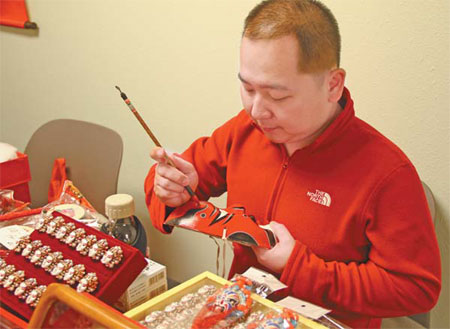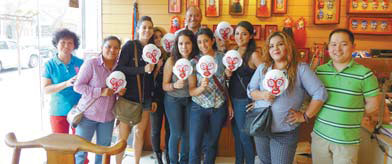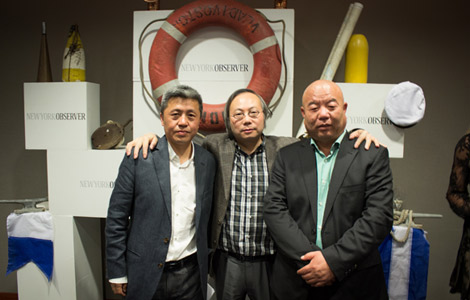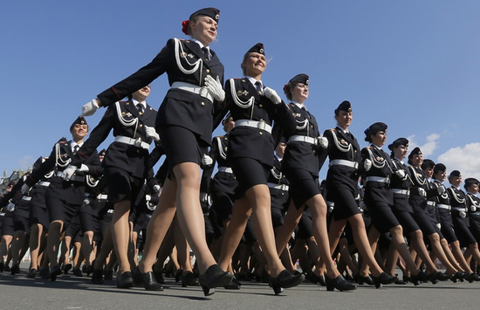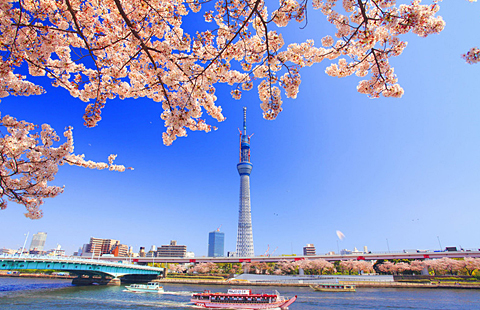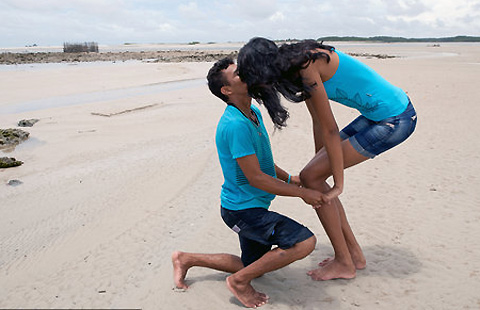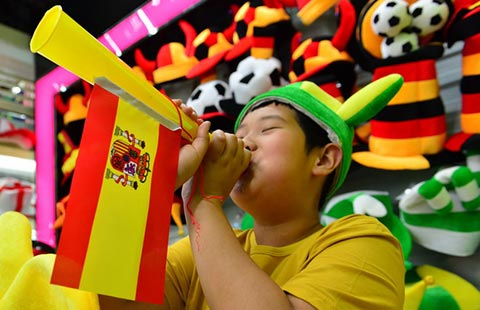Mask making heritage preserved
Updated: 2014-05-10 07:22
By Chen Nan (China Daily)
|
||||||||
Traditionalists often fear ancient Chinese art forms are under threat but some Chinese youngsters are striving to keep traditions alive.
One of them is Lin Hongkui, a 31-year-old from Beijing, who is giving Peking Opera mask painting a new lease of life.
Lin has opened two Peking Opera mask making studios near popular tourist sites Shichahai and Xisi, in Xicheng district, Beijing, and also brings the century-old art form abroad, to give international audiences a taste of the unique Chinese tradition.
In early May this year Lin went to Copenhagen to take part in Beijing Week. He displayed Peking Opera masks, taught people the basic skills and told them the stories behind each mask.
Lin said Peking Opera is a Chinese national treasure and the makeup, which actors wear, is a necessary element of it.
In the Qing Dynasty (1644-1911), a man surnamed Gui, who was a big fan of Peking Opera and came from a noble family, came up with the idea of combining clay making and Peking Opera masks.
Since then clay Peking Opera masks have become a popular gift among families and friends.
Lin said that unlike Venetian masks, Peking Opera masks have different roles and are decorated to represent distinguishing features and personalities. For example, red symbolizes faithfulness and integrity, white means cattiness and black represents courage and irritability.
"I am obsessed with the stories behind each role and the connotations of different colors," says Lin, who introduced classic Peking Opera roles, such as Monkey King and Guan Kong, to audiences in Copenhagen.
Lin has studied Peking Opera mask painting since childhood and took it up as a full-time profession in 2009.
His mother, Tong Xiufen, 58, is a master Peking Opera mask maker and has been drawing for more than 30 years.
Lin enjoyed watching his mother painting masks when he was a child. The smallest of her works was as tiny as a fingernail and the largest was more than a meter, which she made with her teacher, Tang Jingyue, a veteran mask-making artist.
Lin's father also devoted himself to the art form as he makes the initial clay masks.
"My first interest about Peking Opera was the stories, which mostly talk about war, loyalty and courage," said Lin. "Since it's full of traditional Chinese philosophy, such as caring for family, brotherhood and being patriotic to your country, I learned a lot and want to share it with more people."
Each Peking Opera mask can take days or weeks to complete and it was initially a challenge for Lin to sit for long hours and paint patiently. The turning of lines was also very difficult and sometimes boring for him to learn.
"My mum never forced me to learn it though she hopes me to keep the tradition. As I grow up, I've become more and more interested in it. I guess it's in my DNA," Lin said.
Lin painted New Year cards with Peking Opera roles and gave them to his classmates, which made him a star at school.
Lin's family's Peking Opera mask painting technique was included in Xicheng district's intangible cultural heritage list in June 2009.
His mother told him that Peking Opera mask painting was what she has done her whole life and she hopes more people can learn the art and pass it down for generations to come.
"I learned the most traditional and strict techniques from my teacher but as time goes by, young people need something fresh and interesting. I believe my son, who shares similar values and ideas to other young people, will help figure out a new way to preserve the craft," Tong said.
To reach more young people, Lin designed Peking Opera masks in cartoon images, printed on T-shirts and other accessories. He also gives classes in Beijing's primary schools to teach students the basics of Peking Opera mask painting.
chennan@chinadaily.com.cn
|
Lin Hongkui, founder of two Peking Opera mask making studios, paints a mask. |
|
Lin (first from right) and his mother (first from left) among a group of foreign visitors. |
(China Daily 05/10/2014 page6)

 'Taken 2' grabs movie box office crown
'Taken 2' grabs movie box office crown
 Rihanna's 'Diamonds' tops UK pop chart
Rihanna's 'Diamonds' tops UK pop chart
 Fans get look at vintage Rolling Stones
Fans get look at vintage Rolling Stones
 Celebrities attend Power of Women event
Celebrities attend Power of Women event
 Ang Lee breaks 'every rule' to make unlikely new Life of Pi film
Ang Lee breaks 'every rule' to make unlikely new Life of Pi film
 Rihanna almost thrown out of nightclub
Rihanna almost thrown out of nightclub
 'Dark Knight' wins weekend box office
'Dark Knight' wins weekend box office
 'Total Recall' stars gather in Beverly Hills
'Total Recall' stars gather in Beverly Hills
Most Viewed
Editor's Picks
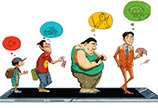
|
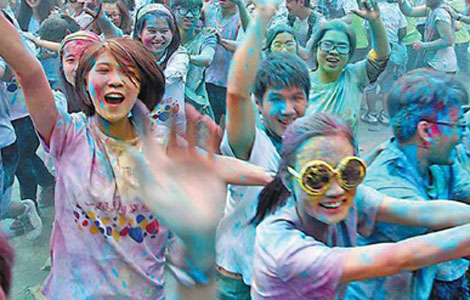
|
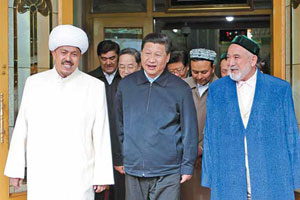
|
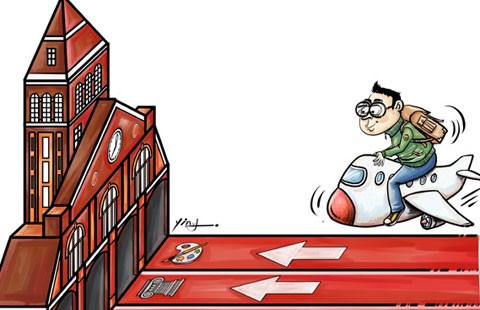
|
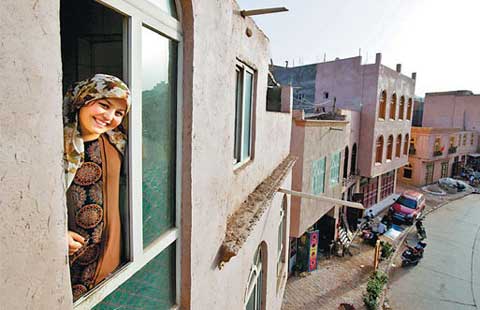
|

|
Today's Top News
US regulator will hearappeal on 'Big 4' Chinese affiliates
China: Stop harassing oil rig in Xisha Islands
American's lens captures priceless Chinese May 4 history
Creating a global dining kingdom
Court ruling on protester unsettling
Alibaba, ShopRunner to launch joint China service
US museum to return statue to Cambodia
Thai PM faces ban from politics
US Weekly

|

|
